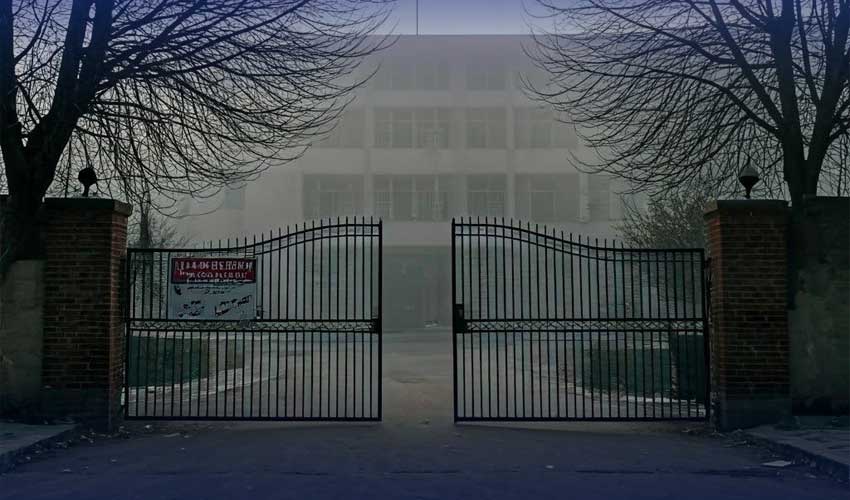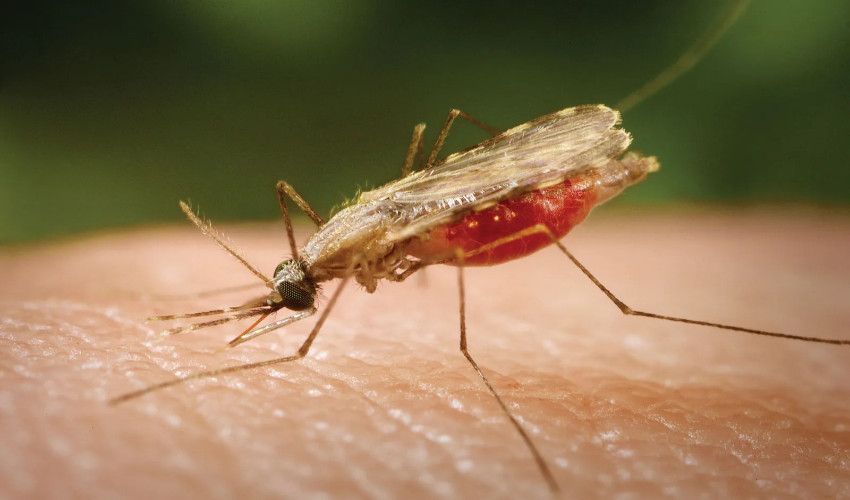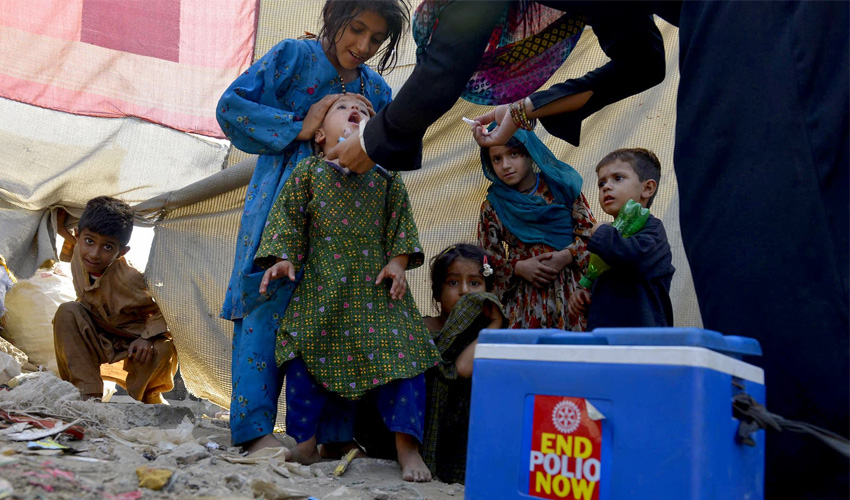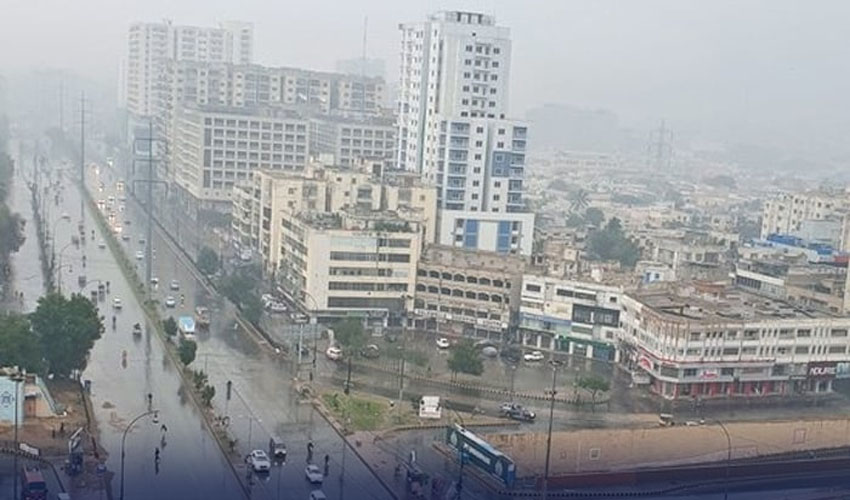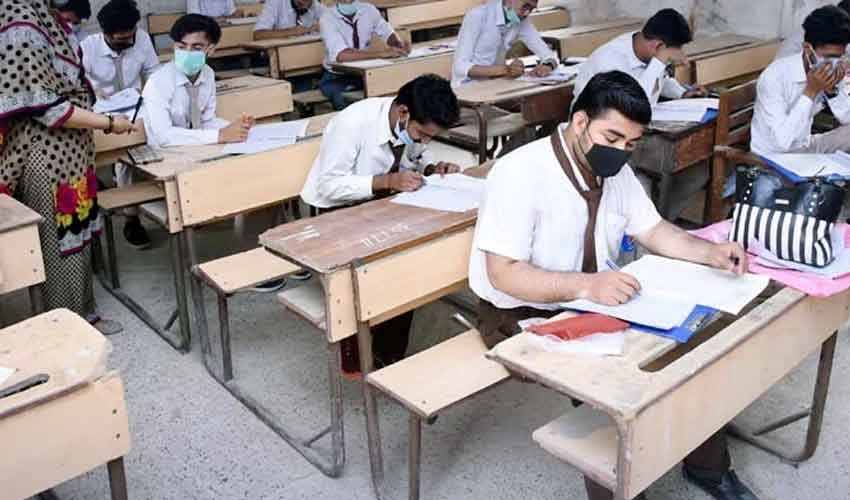The potential loss of one's senses is a daunting thought for many, but for a considerable number of individuals, this is an unfortunate reality.
In the United States alone, millions face the possibility of irreversible changes to their ability to perceive the world around them. As of 2022, approximately 39 million people globally living with blindness, the majority of whom are 50 years and older.
As you peruse this text, the privilege of being able to see and read may not be at the forefront of your mind. However, it's essential to recognise that a substantial number of individuals are not as fortunate. According to the World Health Organisation (WHO), an estimated 285 million people worldwide experience visual impairment, encompassing 39 million who are blind and 246 million with low vision.
A recent survey by Research!America and the Alliance for Eye and Vision Research (AEVR) revealed that Americans perceive the loss of vision as potentially one of the most impactful life events, ranking it alongside cancer, Alzheimer's disease, and HIV as one of the top four "worst things that could happen to you."
Unfortunately, the loss of eyesight is a prevalent issue, stemming from factors such as ageing or specific medical conditions. The good news is that 80% of visual impairment is preventable or curable. Yet, what about the remaining 20%?
This Spotlight article delves into retinal degeneration disorders, a cluster of related conditions currently lacking a cure. What treatments are in development, and is there a vision of a future where sight can be restored to all affected individuals?
Distinguishing between curable and incurable disorders, it's noteworthy that visual impairment often results from uncorrected refractive errors (43%), or cataracts (33%). Refractive errors, including myopia and hyperopia, can typically be addressed with glasses, contact lenses, or refractive surgery. Cataracts, or the clouding of the lens, are frequently treated through surgery.
However, 20% of visual impairment cases remain without a cure, with retinal degeneration disorders at the forefront. These disorders, like retinitis pigmentosa, macular degeneration, and Usher syndrome, lead to a gradual loss of vision, eventually rendering individuals effectively blind.
Dr Raymond Iezzi from the Mayo Clinic emphasises the challenges faced by scientists and clinicians in developing treatments for retinal degeneration disorders due to numerous biochemical abnormalities. While neuroprotection or gene therapy may aid patients with preserved vision, the absence of a cure remains a significant hurdle.
Experimental treatments using stem cells offer hope. The Mayo Clinic is exploring methods to grow stem cells from a patient's tissue samples, potentially regenerating sight. Mouse studies indicate success in transplanting cells to restore vision, with ongoing efforts to derive both rod and cone cells.
A breakthrough in retinal prostheses, such as the Argus II, has provided artificial vision to individuals with advanced retinitis pigmentosa. This innovative device, connected to glasses and a small computer, transmits visual information directly to the optic nerve, bypassing the damaged retina.
While the future holds exciting prospects for vision restoration, challenges such as cost and accessibility persist. Current retinal prostheses are priced at $144,000, posing financial barriers, especially in low-income settings where an estimated 90% of the visually impaired reside.
Despite these challenges, strides have been made in preventing and treating visual impairment worldwide. The WHO's Action Plan aims to reduce avoidable visual impairments by 25% by 2019. Regular comprehensive eye exams, a healthy lifestyle, and awareness of family eye health history are essential steps in maintaining eye health.
The loss of vision, once considered an absolute prospect, is now met with optimism through advancements in medical innovation. Prosthetics and emerging treatments offer hope for a future where blindness can be cured, transforming what was once a disabling condition into an invisible part of one's past.







